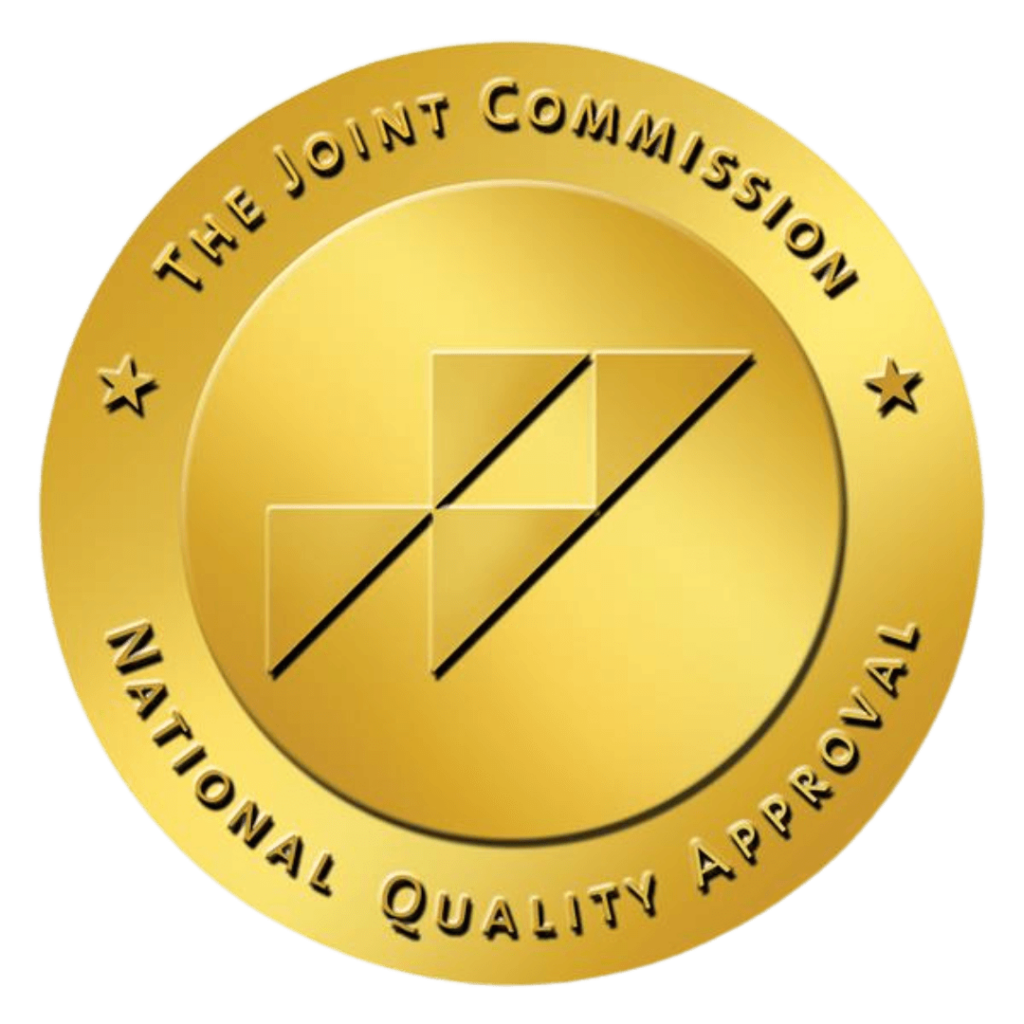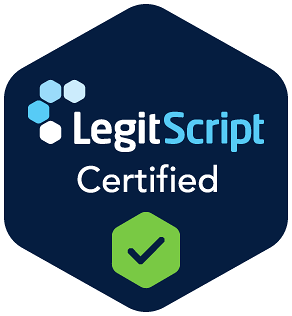
Worrying about treatment costs is one of the biggest hurdles when considering help for addiction and it’s a valid concern. After all, drug rehabilitation isn’t cheap, and the costs can add up quickly, especially when you’re already carrying the emotional and physical weight of substance use. But here’s the thing: you might have more support than you think, and it could be sitting in your wallet right now: your health insurance.
If you’re looking into drug rehab centers in California, or anywhere else, you’ll find that many accept insurance, and depending on your plan, it can cover a significant portion, sometimes even most, of the treatment costs.
In this blog, we’ll break down how insurance works when it comes to drug rehab, what services are usually included, and how you can find out exactly what your plan covers. Let’s clear up the confusion so you can take the next step with confidence.
What Is Drug Rehabilitation and What Does It Include?
Drug rehabilitation is a structured, often multi-phase process designed to help you stop using drugs and rebuild a healthy, stable life. It focuses on treating the physical, emotional, and psychological aspects of addiction, giving you the tools to understand your substance use and develop strategies to avoid relapse.
Take a look at what’s typically included in a drug rehabilitation program, much of which can be covered by health insurance:
Medical Detox
Detox is usually the first step. This is a medically supervised process where your body clears itself of drugs in a safe environment. Drug detox can be intense, depending on the substance and severity of use, so having medical support is crucial to managing withdrawal symptoms and staying safe.
Residential Treatment
After detox, some people benefit from living at a treatment center for a period of time. Residential rehab provides 24/7 care, structure, and support. It’s a chance to fully focus on recovery without the distractions or triggers of everyday life.
Outpatient Programs and IOPs (Intensive Outpatient Programs)
Not everyone needs or can commit to residential treatment. Outpatient and IOP options offer flexibility while still providing structured therapy and support. These programs allow you to live at home while attending regular sessions during the week, making them ideal for people balancing work or family responsibilities.
Medication-Assisted Treatment (MAT)
For certain addictions, especially opioids or alcohol, MAT can be life-changing. It combines medications like buprenorphine or naltrexone with counseling and behavioral therapies to reduce cravings and support long-term recovery.
Counseling and Relapse Prevention
Therapy is a core part of rehab. This includes individual counseling, group therapy, and sometimes family therapy. Relapse prevention planning is also a key component, teaching you how to manage triggers, cope with stress, and build a support network.
Does Health Insurance Cover Drug Rehabilitation?
Yes, most health insurance plans offer coverage for drug rehabilitation, thanks to the Affordable Care Act (ACA). ACA requires insurers to include mental health and substance use treatment as essential health benefits. That means if you have insurance, you likely have some level of coverage for addiction treatment. But what that looks like depends on a few key factors.
For example, Aetna addiction treatment benefits typically cover services like detox, inpatient rehab, outpatient programs, and therapy. However, the specifics (e.g., like how much is covered, which centers are eligible) depend on your individual plan. Other providers, like HMC HealthWorks, also offer addiction treatment coverage through a network of approved rehab centers.
Here are the main things that influence your coverage:
- Insurance provider. Coverage for drug rehabilitation can vary widely depending on who your insurer is and the details of your plan. It’s important to review your benefits or call your provider to understand what’s included.
- State regulations. Your state may have additional laws that expand or limit what insurance must cover when it comes to drug rehab.
- Medical necessity. Before approving treatment, insurers often require documentation that the rehab services are essential to your health, usually based on clinical assessments.
- In-network vs. out-of-network: Using in-network facilities, like those partnered with Aetna or HMC HealthWorks, usually means lower costs. Out-of-network centers may still be covered, but often at a reduced rate, or not at all.
Choosing the Right Treatment Center
Finding the right drug rehabilitation program isn’t about picking the first name that comes up in a search for drug and alcohol rehab near me. More importantly, it’s about matching your needs with a facility that offers the right kind of care, structure, and support. What works for one person might not work for another, so it’s important to focus on the details that actually impact outcomes.
There are some key things to consider:
- Accreditation and licensing. Always verify that the facility is properly licensed and accredited by reputable organizations. This ensures they meet established standards for quality care, safety, and professionalism.
- Levels of care offered. Look for centers that provide a range of care options, such as inpatient/residential treatment, outpatient or IOP, and MAT. The more levels of care available, the more likely you’ll find a program that fits your specific needs.
- Personalized treatment planning. Effective rehab isn’t one-size-fits-all. A reputable treatment facility will tailor your care plan based on your history, the substance involved, any co-occurring mental health conditions, and personal goals.
California offers a wide range of trusted rehab centers, including many strong options for addiction rehab Thousand Oaks. Whether you’re looking for a peaceful environment, a specific treatment approach, or flexible outpatient care, the state has licensed, accredited programs that align with different recovery paths.
How to Verify Your Insurance Coverage
Before starting treatment, it’s important to understand what your plan actually covers. Here’s how to check if your HMO or PPO insurance includes drug rehab benefits:
- Call your insurance provider. Ask specifically about substance use treatment, including detox, inpatient, outpatient, and MAT services.
- Check your member portal. Many insurers list covered benefits, in-network providers, and pre-authorization requirements online.
- Ask the rehab center. Most have insurance specialists who can verify your benefits and explain coverage.
- Confirm HMO vs. PPO. HMO plans usually require referrals and use of in-network providers; PPOs typically allow more flexibility but may cost more out of pocket.
- Request a summary of benefits. This document outlines your coverage levels, co-pays, and deductibles related to addiction treatment.
Conclusion
Understanding your insurance coverage is one of the first (and most important) steps in starting drug rehabilitation. From detox to outpatient care, many treatment services are covered under today’s health plans. The key is knowing what’s included, choosing an accredited facility that fits your needs, and confirming accepted insurances before committing.
Ready to take that next step? We, at Restore Center, are happy to assist you and be your partner in recovery. We work with most insurances and offer personalized, evidence-based care to support lasting recovery. Get in touch with our team now!




